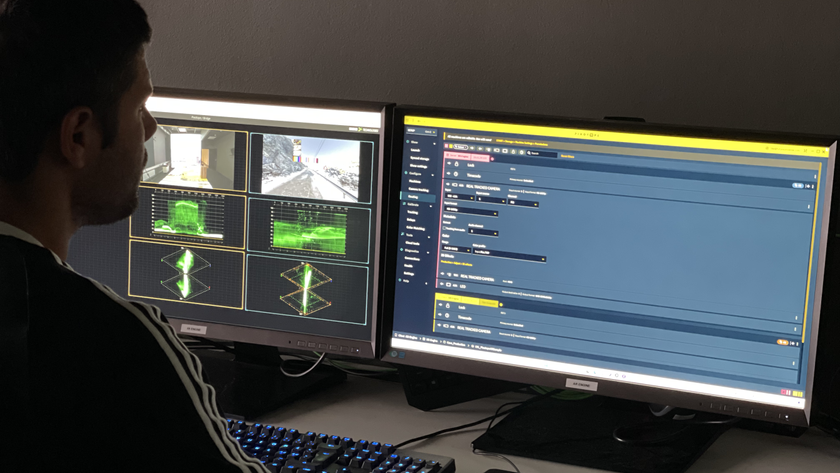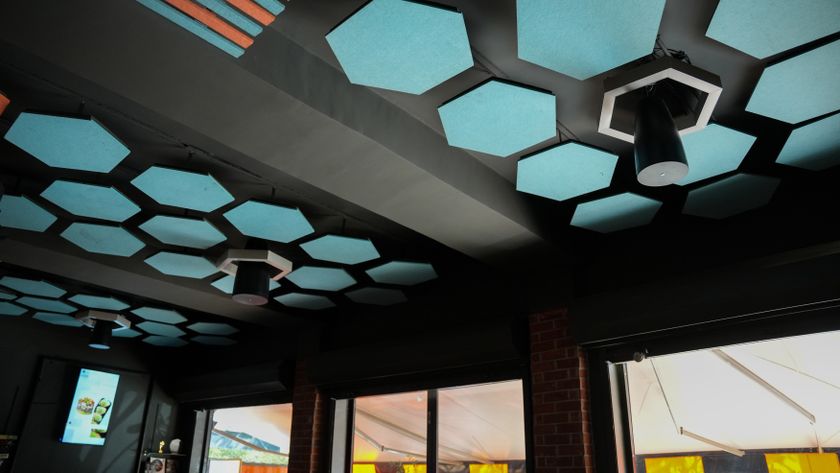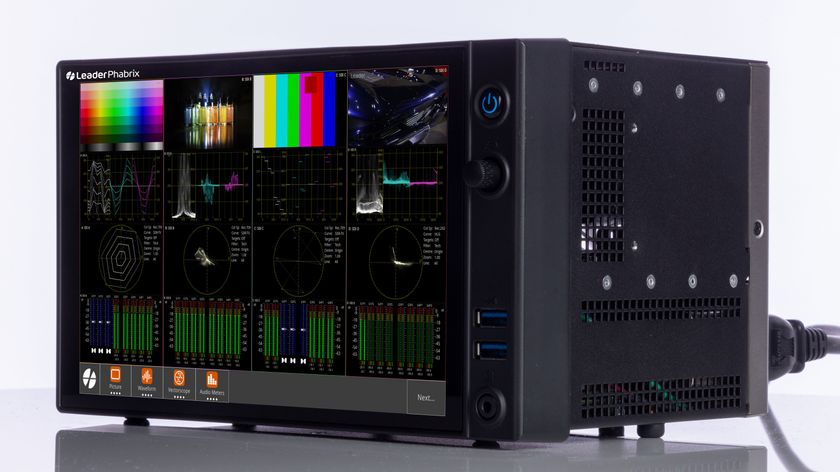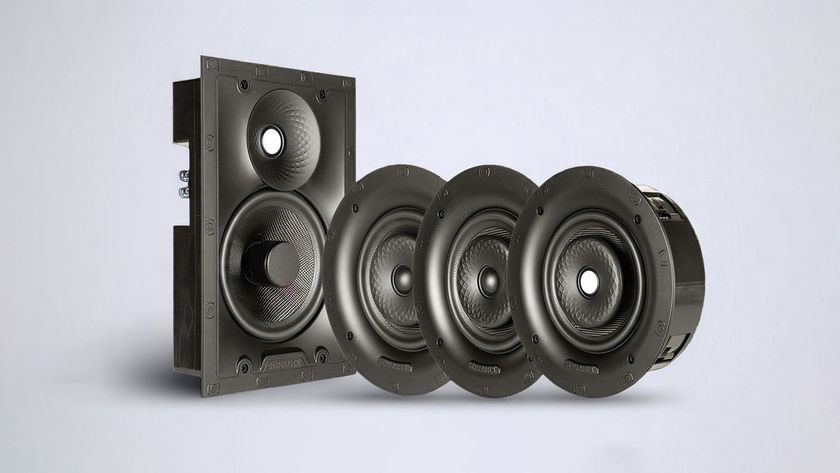- The world of visual communications has definitely changed over the past few decades, and in recent years has seen the advent of this thing called “digital signage.” The traditional print and signage industry has seen its own share of internal advances in technology moving from plates and offset presses to digital film and more automated printing, as well as from cut vinyl to digitally printed graphics. However, digital signage seems to boggle both sides of the industry. Print and sign shops are accustomed to delivering a final product that is tangible in the physical world, one the end user can hold or touch. Digital signage, on the other hand, is a completely different animal. Most companies are still trying to deliver the tangible product that can be held or touched as a primary deliverable, while the primary objective, digital content and schedule seems to be secondary. Then they wonder why their customers are unhappy along with their own slim profit margins. They need to flip their thinking.
Wayne Rasor, Director of Digital & Exterior Technology, FASTSIGNS International
When a customer asks for “digital signage,” too often the response is what size display and how many. Then when asked about the content, the client is told they will need a media player with some software. Unfortunately, this is analogous to walking onto a car lot and telling the salesman you want a red car with wheels, and then asking, “how much is that?” Clearly this is not enough information on which to quote a price. It would help print and sign shop professionals to equate digital displays with blank paper stock and blank banner material. In that worlds, very little of the sales process is spent on what type of paper or banner material the customer wants to use, instead, the majority of the selling process is consumed with what the paper or banner will say.
While a discussion about content and content strategy should always be part of the digital signage planning process, determining the overall objective and what the digital display will say is only 50% of the battle. Because digital signage can change, and should be changed and refreshed on a constant basis, the discussion about content gets much longer once the customer understands that the display is only valuable when it is displaying content that is not only accurate, but fresh and relevant.
As the technology in our world gets more advanced, the speed at which information is distributed is astounding. Americans collectively check their smartphones 8 billion times per day and to put that in perspective, the world’s population is only 7 billion. So why do we check our phones that many times each day? Because we know there will be something new is on them. Translate this to digital signage and equating digital displays as large smartphones, if the display is showing the same information today as it did yesterday, it will cease to draw viewer attention and become white noise.
This is the frame of mind that print and sign shops need to instill in their customers. Determining the content will be initially is only half the battle, the rest is figuring out how this content will change every minute, hour, day, week, month and so on. This is an ongoing discussion that actually never ends. Print and sign shops have repeat customers that come back to them on a monthly, weekly and sometimes even daily basis for new prints, brochures, signs, banners, etc. This is the same thing with digital, except that instead of selling a new display each time, they are selling new content to go on the display.
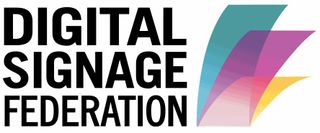
This is where distributors come into the picture, and having this level of detail upfront, makes is very easy to nail down pricing. Too many times, pricing is requested before a software platform, or CMS, has even been determined. This is setting a project up to fail right out of the gate. One of the last decisions to make is what type and size of display is needed, not the first thing that should be discussed. If the content and CMS have already been determined the display is really the easiest part of the entire solution. Regardless of who the integrator or reseller is on a project, these foundational determinations must be discussed and understood for everyone to be able to do their part of the project for a successful deployment – and to manage the installation going forward.
I cannot stress enough that the key to a successful installation is first laying out a full scope of work beginning with the objective, content and schedule plan, which combined, make selecting the right software and hardware a much easier job. Begin with the end in mind, determine why you are doing this and the details will fall into place.
Author Wayne Rasor will be a panelist on the Digital Signage Federation’s October “Hangout” discussion entitled, “Developing the Integrator and Reseller Digital Signage Practice,” on Wednesday, October 12 at 2pm EST. More information on this and other DSF events can be found on the DSF website. Both DSF members and non-members may join this or any of the DSF’s scheduled Hangout discussions for free – but registration is required and can be accessed on the DSF website at http://digitalsignagefederation.com/hangouts



